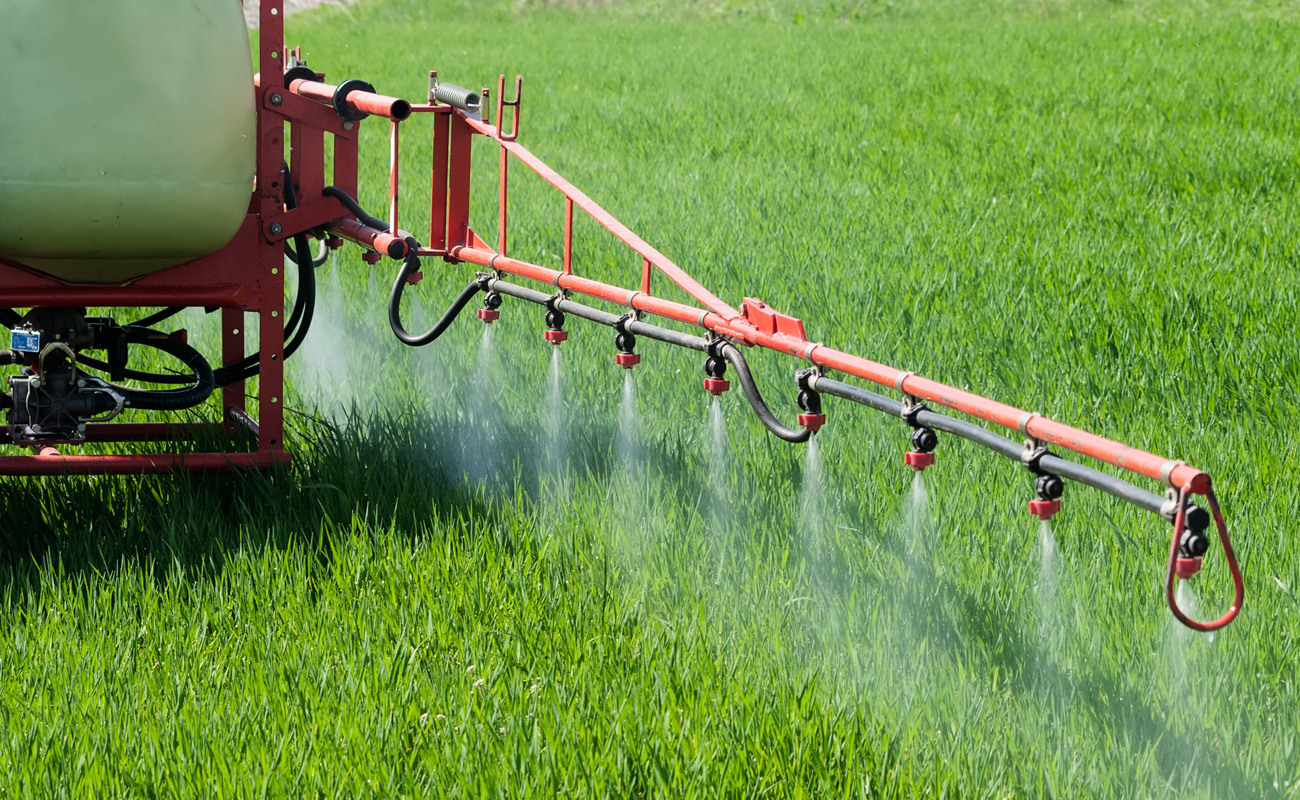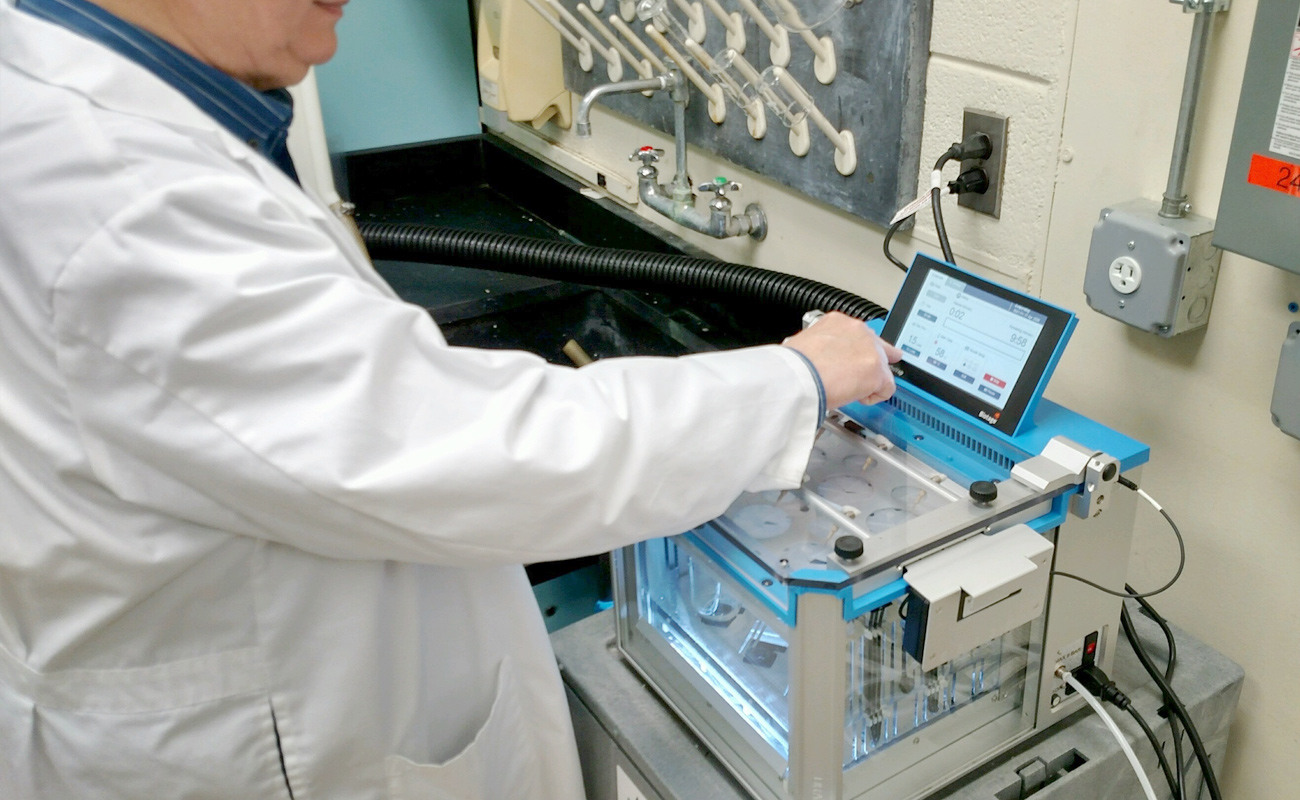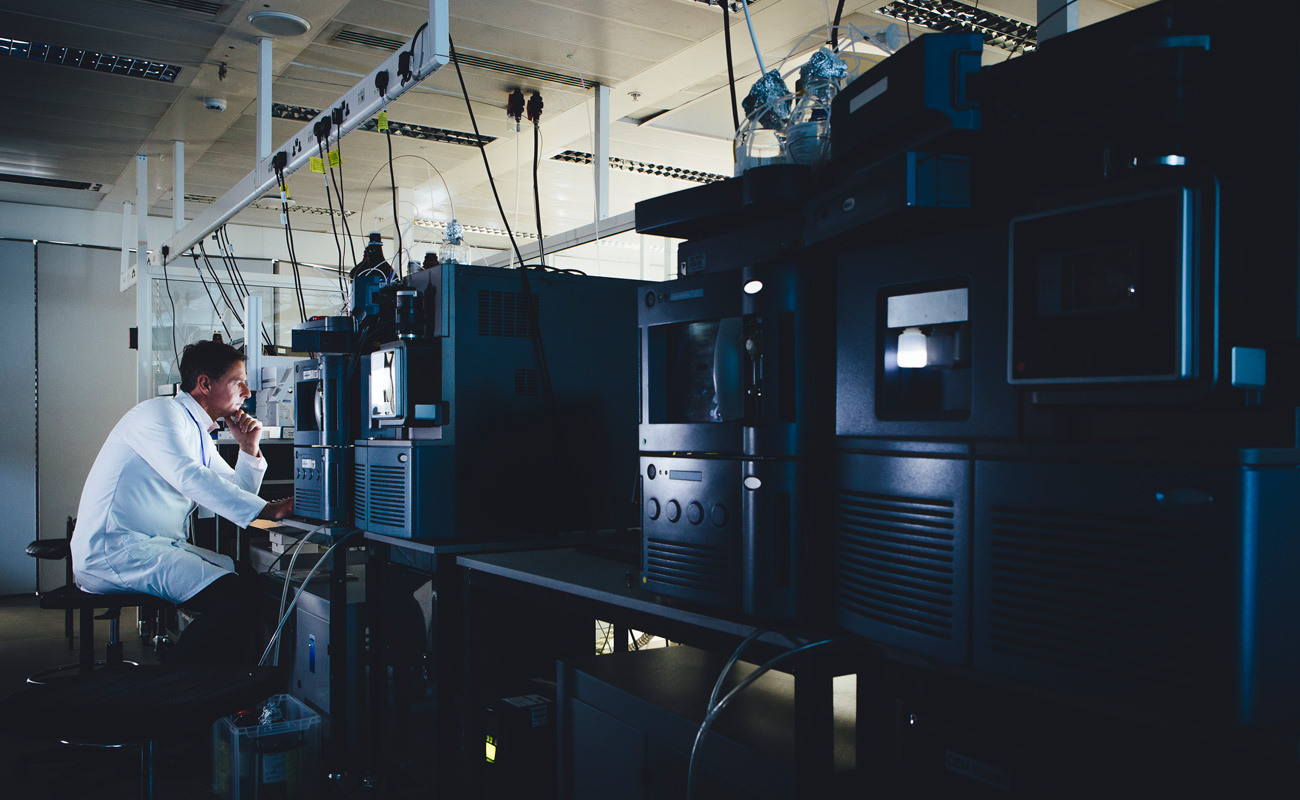The Problem
Triggered by an FDA inspection and subsequent questioning of the vendor COA, the personal care products division of a major pharmaceutical company was suddenly faced with having to test the lanolin they had been using in a variety of products for “foreign substances”.
Who would have thought that LANOLIN, the safe and innocuous substance that’s been around for years…would draw so much attention!

THE ISSUES
Unfortunately, “foreign substances” isn’t very specific. But the main concern from the USP was, specifically, pesticide residue that can naturally bio-accumulate from the food supply of the sheep. And the probable pesticides listed by the USP is daunting. Some aren’t in use today…and some have been banned for years. Where would they find a reliable testing service that understood pesticide residue analysis techniques…for a pharmaceutical product?
Pesticide residue testing isn’t just unique, it is a formidable challenge. Especially in a situation where a natural product, like lanolin, is tested using the USP-required GC detectors. Suffice to say, neither the customer nor the actual manufacturer of the lanolin possessed the equipment or the experience to perform any pesticide residue analysis… much less possess a validated method that the FDA would approve.

THE ASSIGNMENT
Quantum Analytics Group was asked to provide a validated method for testing the lanolin that followed USP requirements. In short, give regulatory an allowable solution they can stand by for years to come and let the client (and the manufacturer) go back to doing what they do best.
“Years of impurities testing, especially for pesticides, has taught us a lot. One of our principal scientists spearheaded the team that performed the original conversion of the FDA pesticide manual to the EPA pesticide manual, including validation that the transferred methods worked for the specific intended purposes. This knowledge and experience was ideal for a situation like these lanolin tests.”

THE APPROACH
The Quantum Team began by looking at the list of requirements. “We were required to…”
- Prepare the sample a certain way
- Clean it up in a certain way
- Concentrate the sample down to a certain point
- Analyze the concentrated extract via gas chromatography with a specific detector, specific GC conditions, and USP-recommended, pesticide-specific column
“We had no issues with these initial, high-level requirements…until we thought about #4…and we definitely have some insight on that”

THE SOLUTION
“The amount of work we performed up front was incredibly valuable.”
“We scheduled special meetings with their QA people and analytical team who would gain approval of our method, submit our data to regulatory and approve the subsequent testing. Our goal was to develop a high degree of confidence with a broad range of stakeholders, including the executives from the manufacturing side. “In a demonstration of the data we recovered pre-test, we showed the teams”…
- All the pesticides from the USP list that we would be looking for
- A reproduction of each pesticide in a matrix highly similar to lanolin
- All the recoveries we got off our custom GPC column, as specified
After review, the client team concurred that the method is accurate, precise, linear, reproducible and suitable for intended purpose. They agreed that the change from USP standard devices to a single mass spectrometer would most likely be approved. The team presented the data to the regulators and gained approval for the optimized method.

"We knew that using electron capture and flame photometric detection would require us to run two different instruments running simultaneously. Obtaining the proper dilutions to get the sample on scale and within the calibration range of each instrument would be tricky.”
“We wanted to use a single mass spectrometer. Not only to simplify the process but to take advantage of the fact that we were looking for pesticide levels in low parts per million – not nearly the minute concentration levels associated with food product or environmental testing which are typically in parts per billion.”
“The mass spectrometer, either quadrupole or MS/MS for pesticide work, would be the definitive mechanism for the job at hand. We would have the ability to see underneath an interfering peak to look for the 3 or 4 key ions that are specific to the impurities we would be looking for. And obtain the mass spectral fingerprint of each pesticide which is absolutely confirmatory.”










